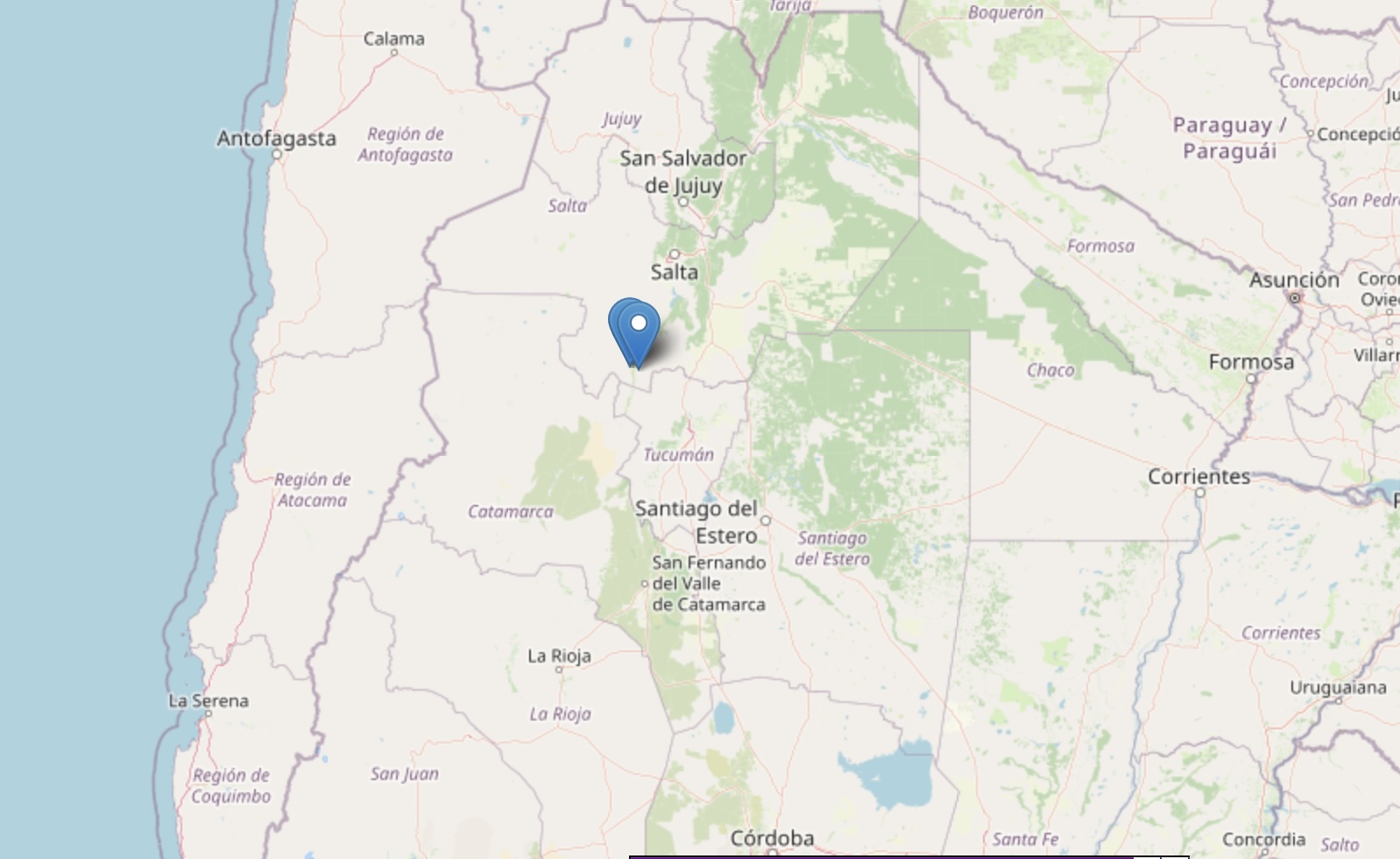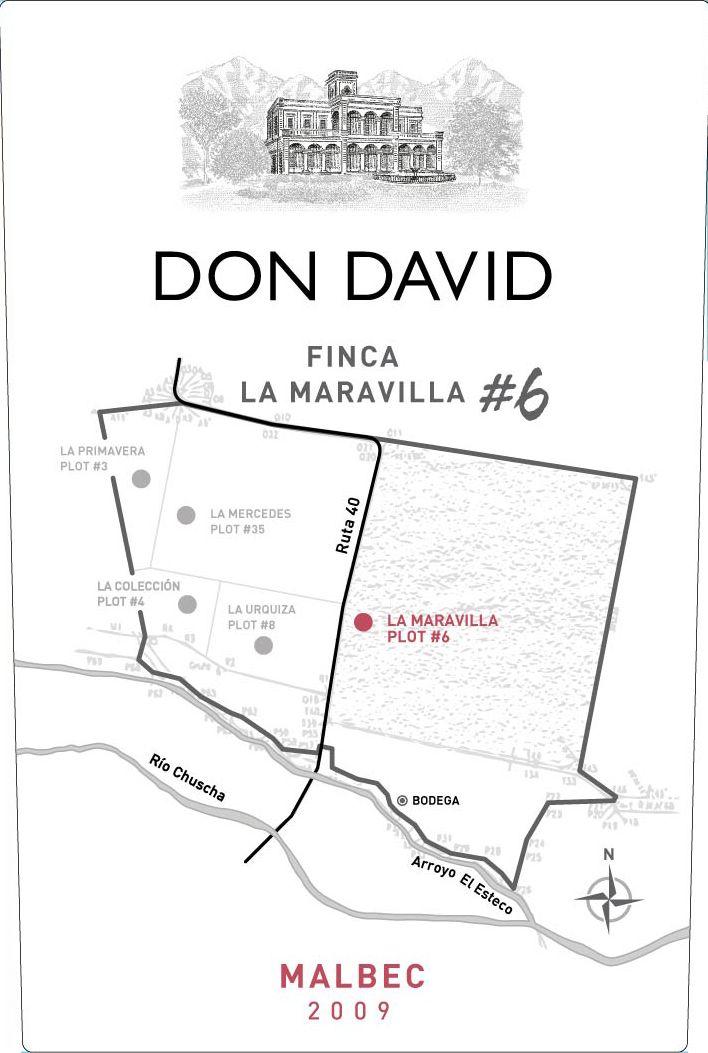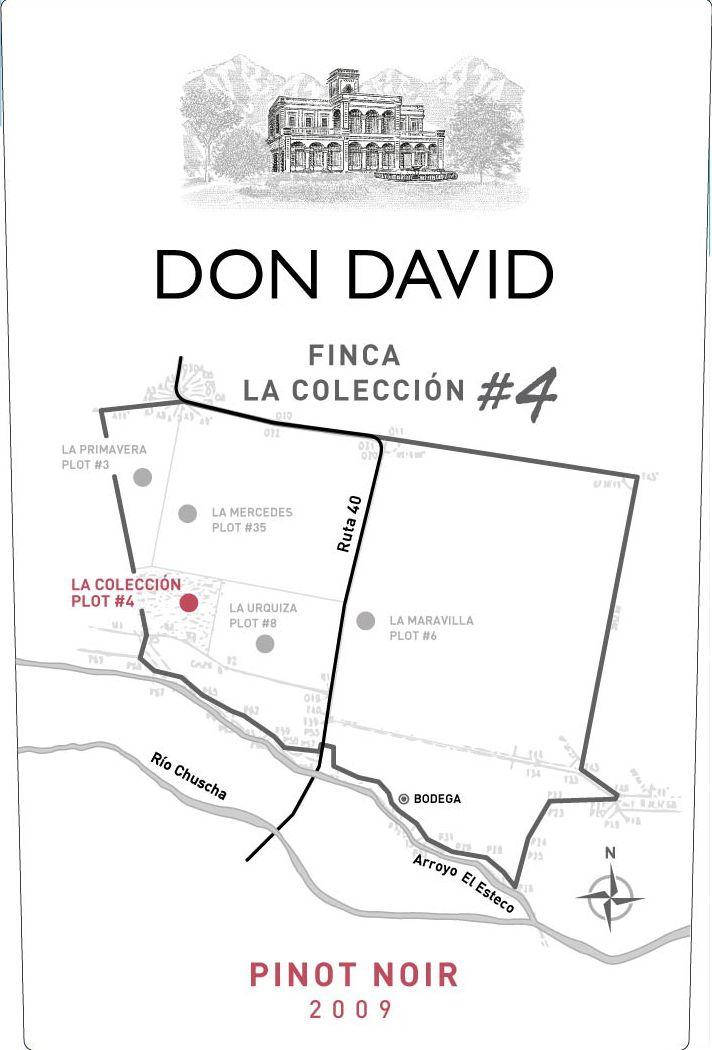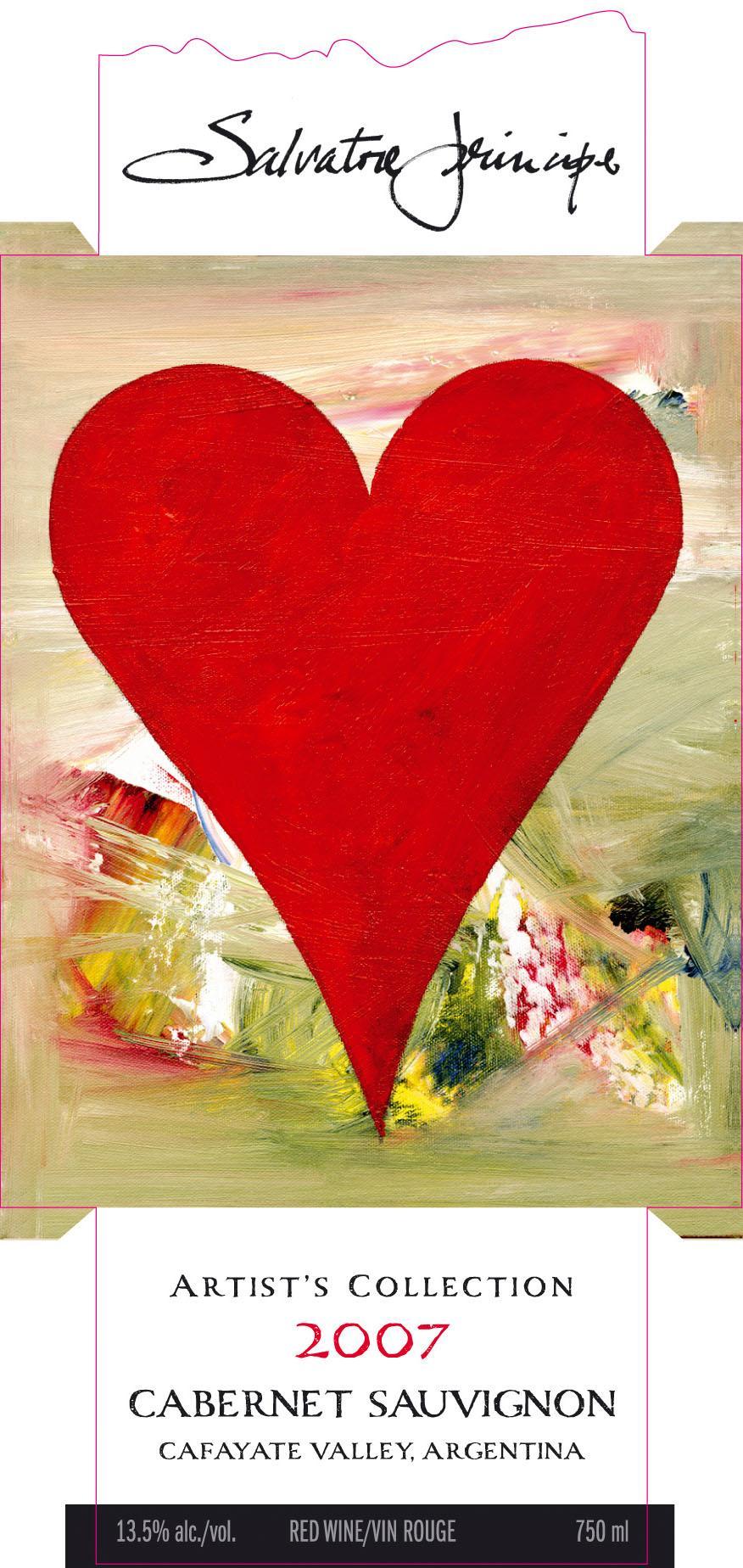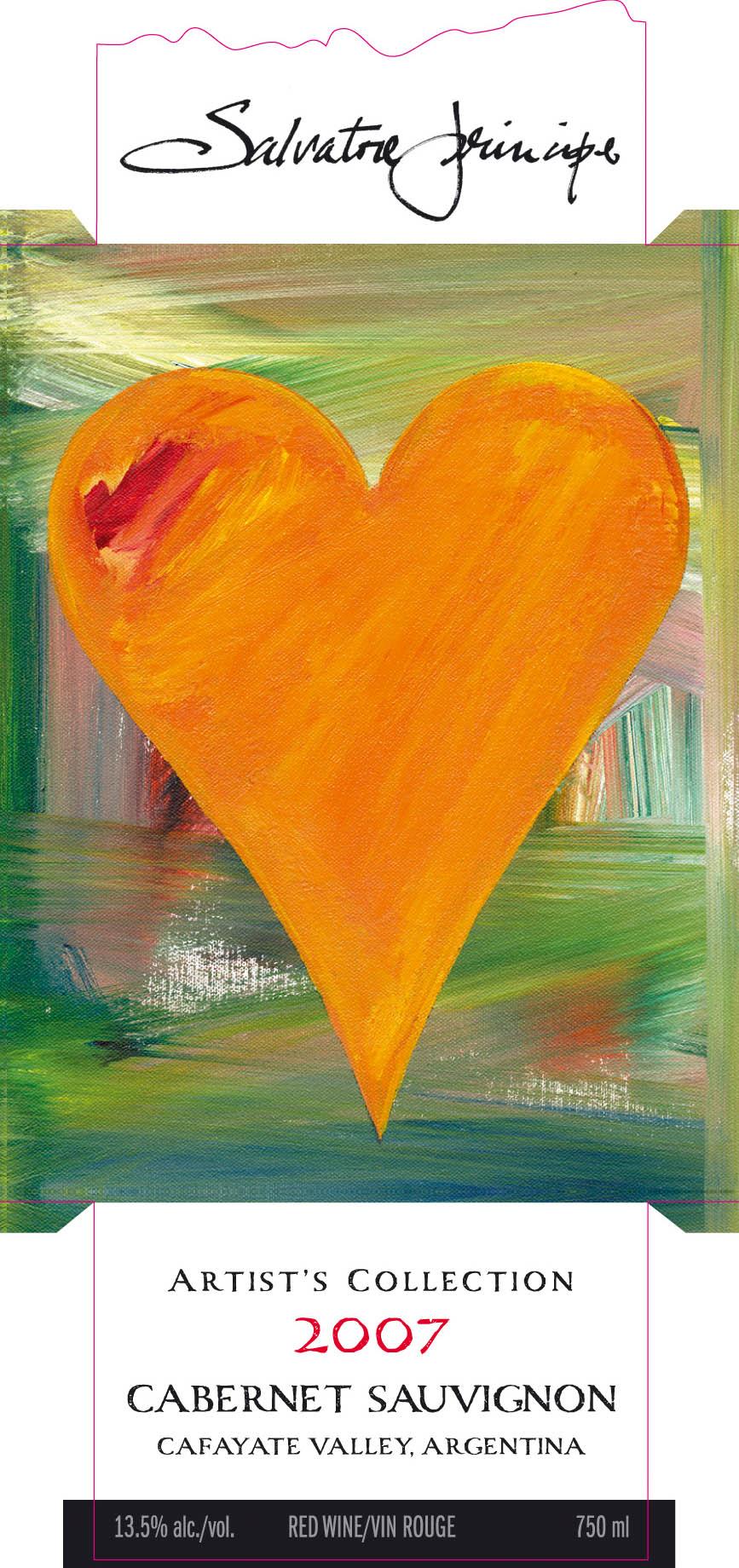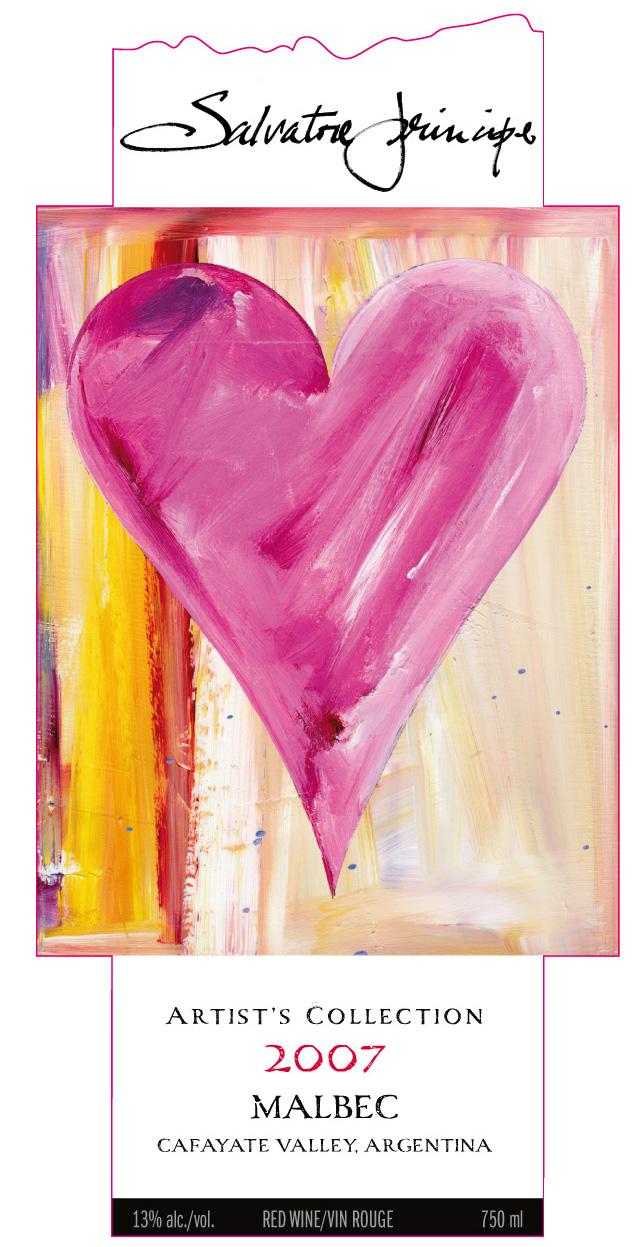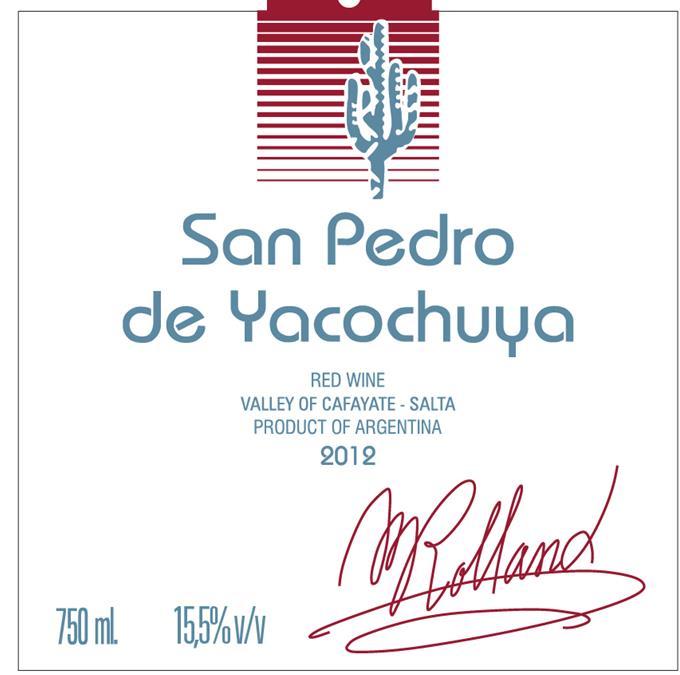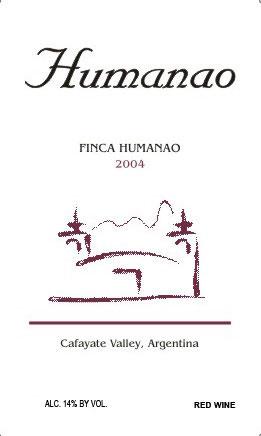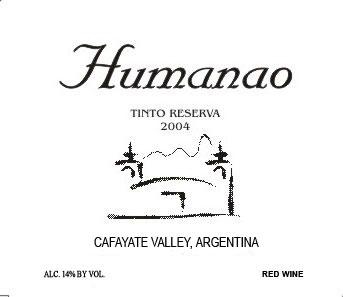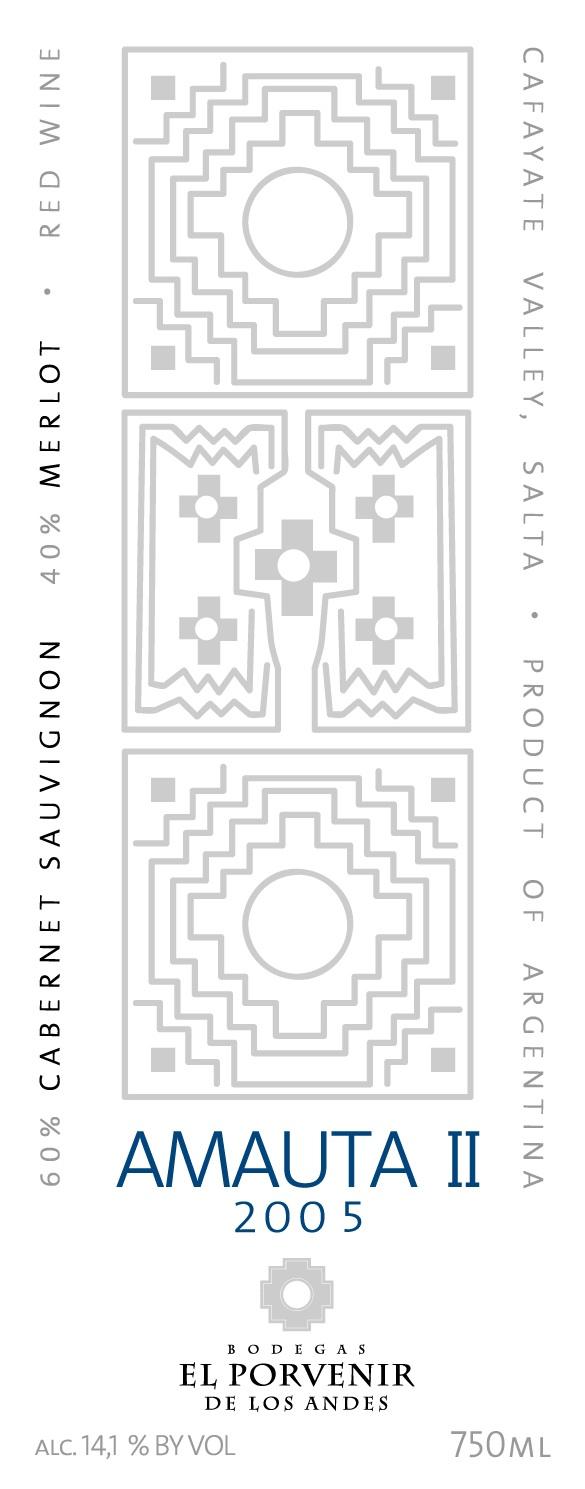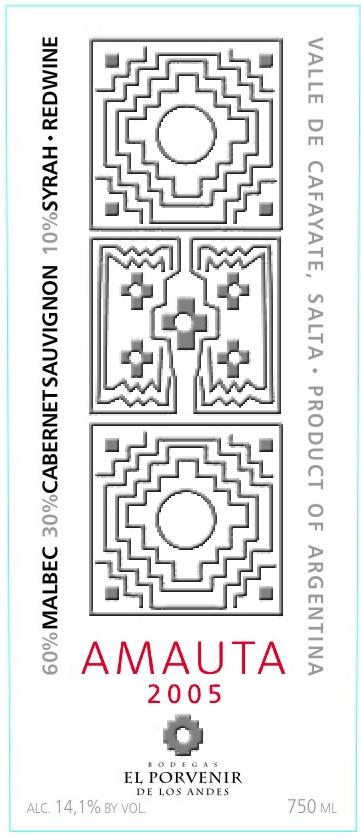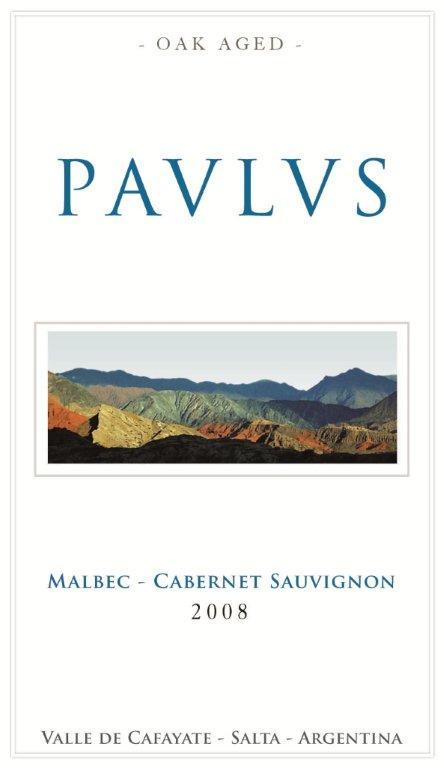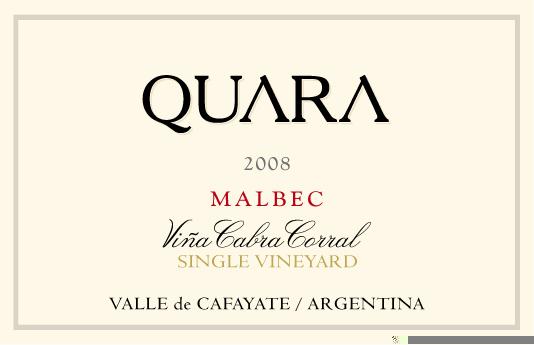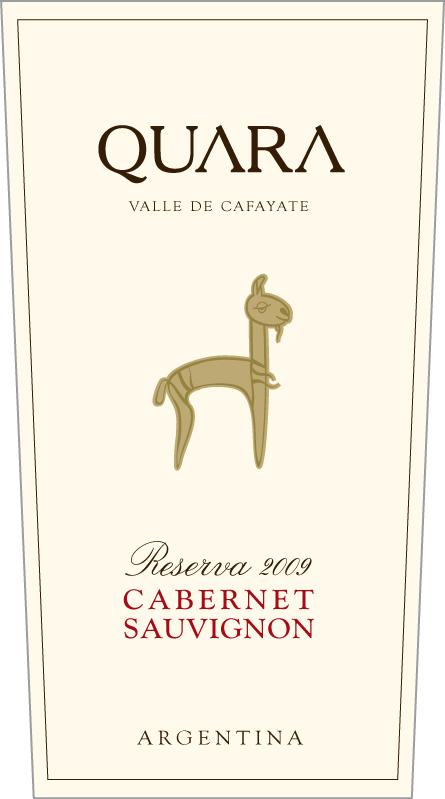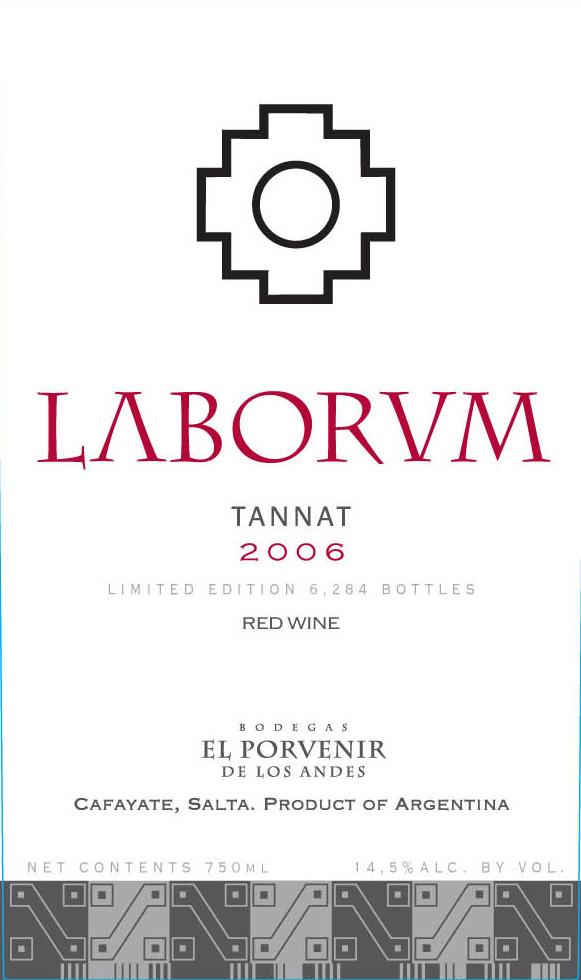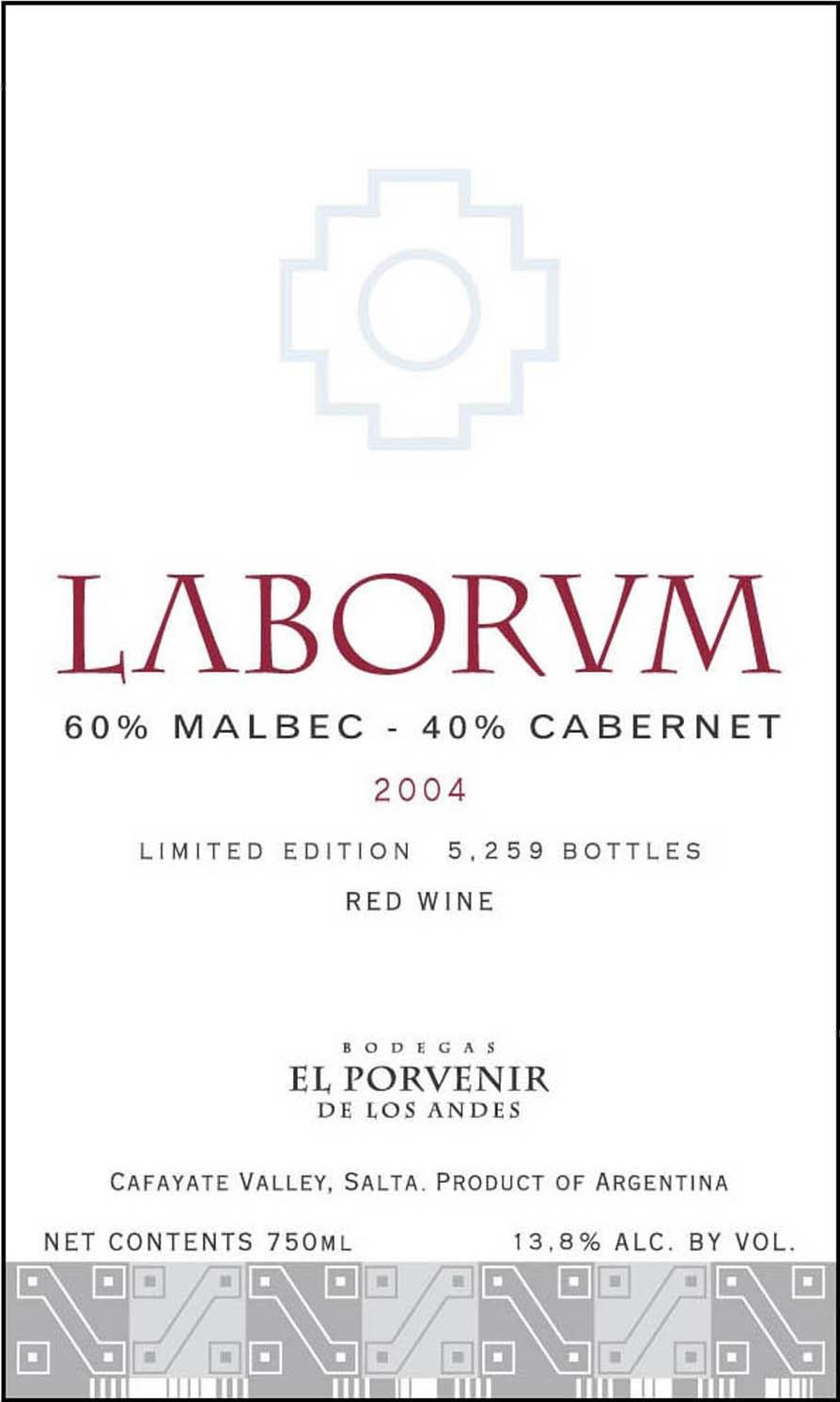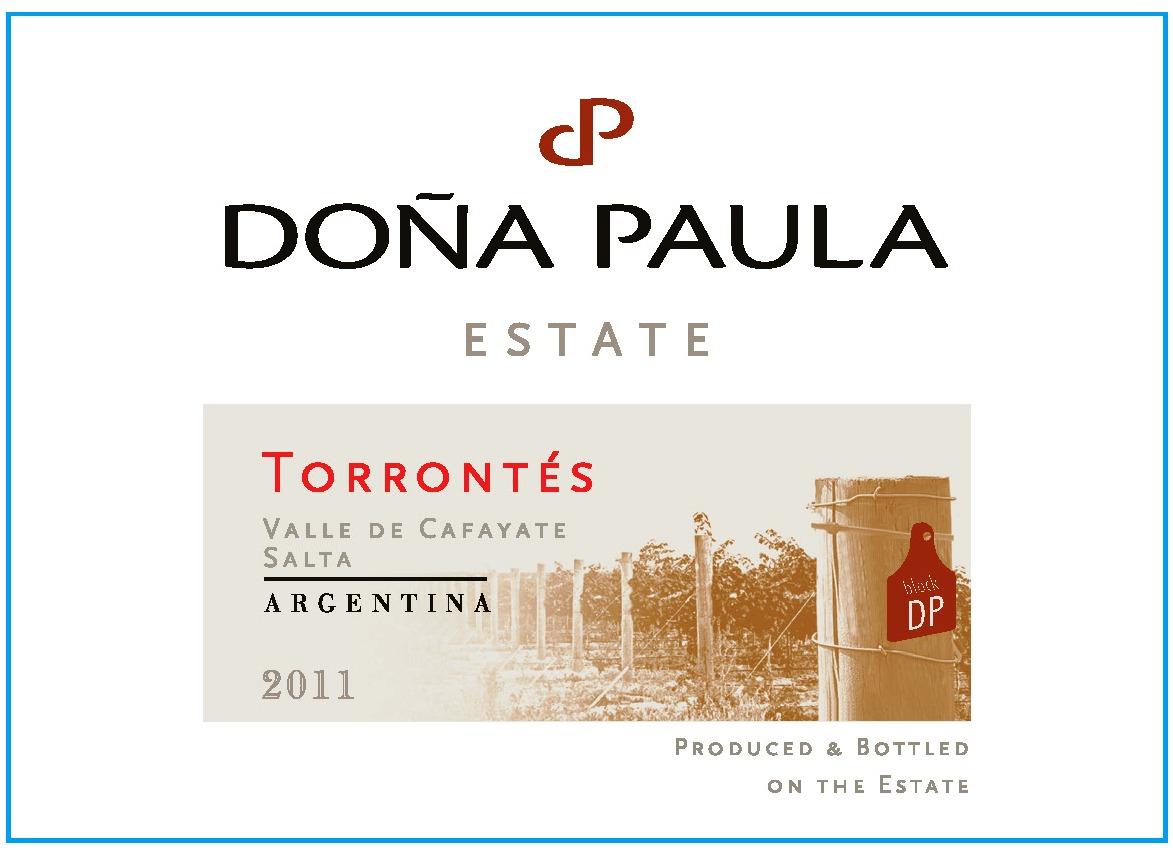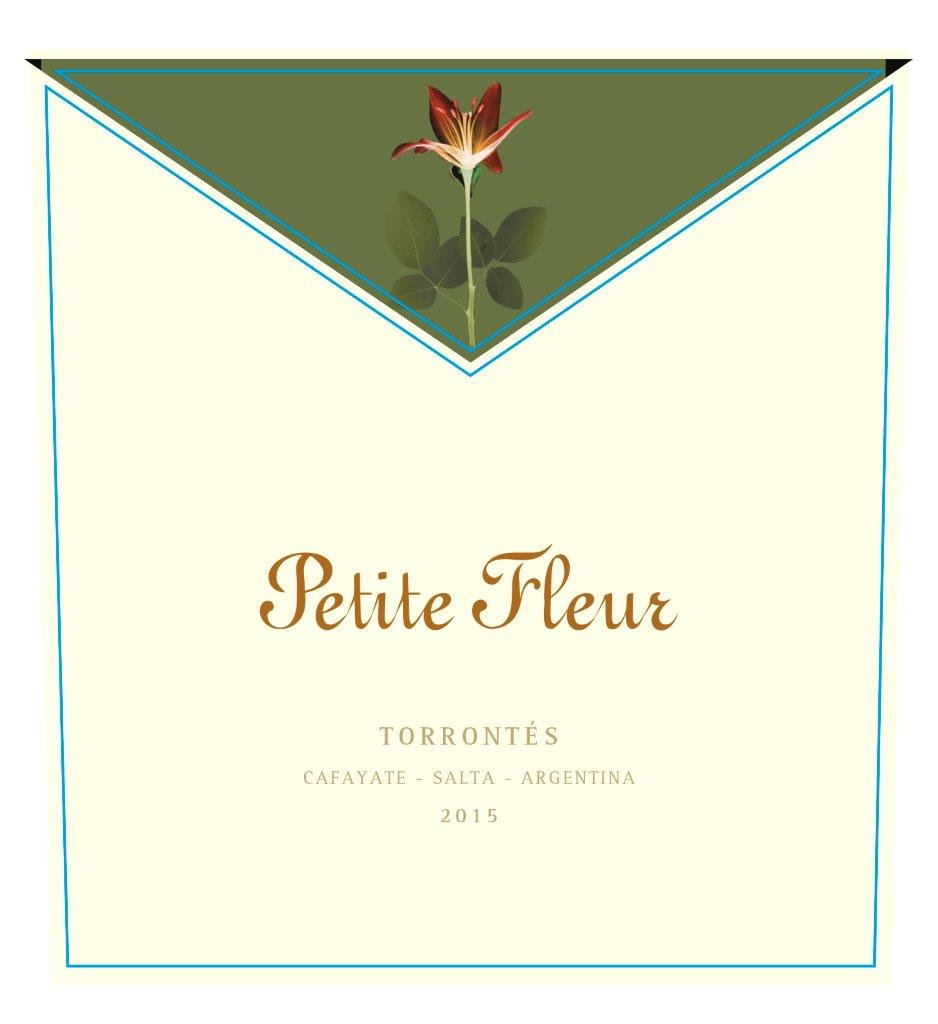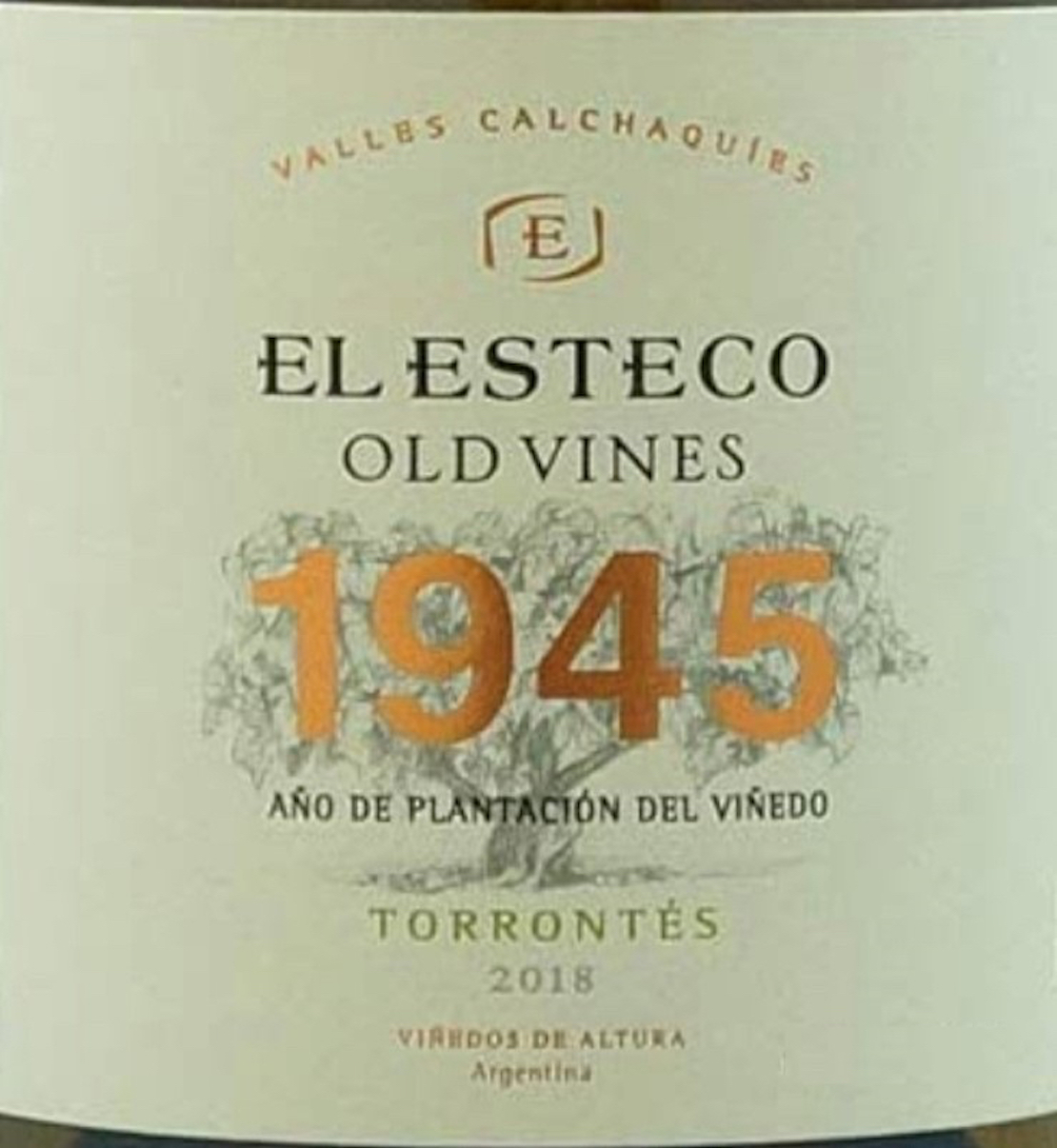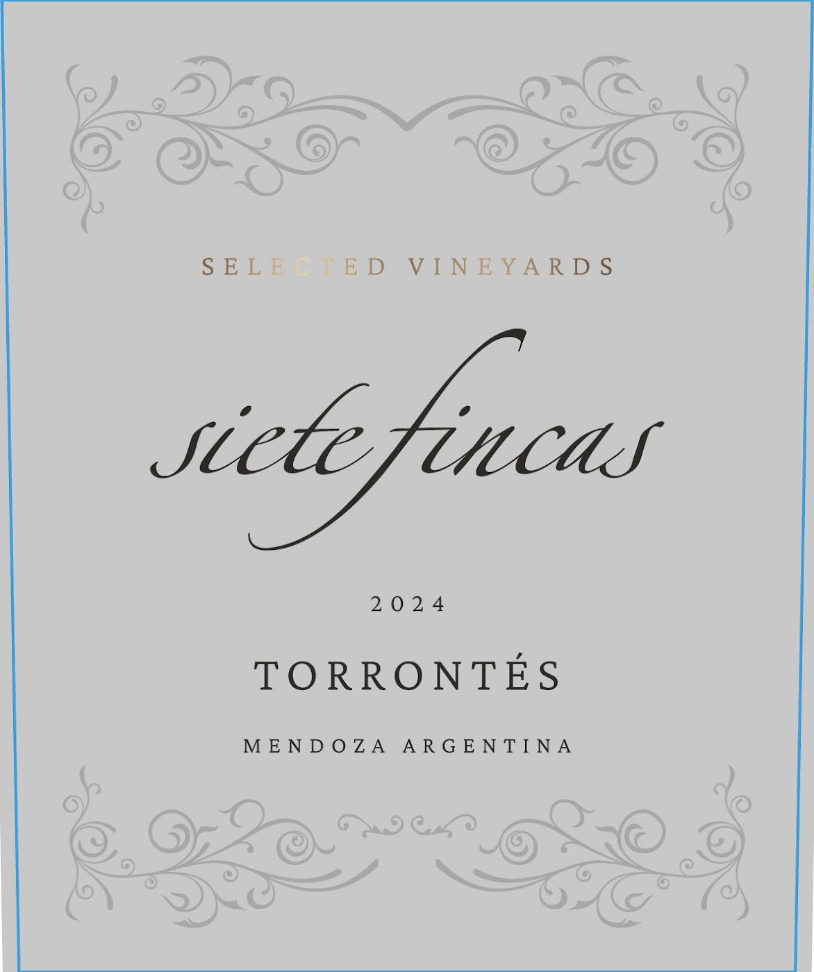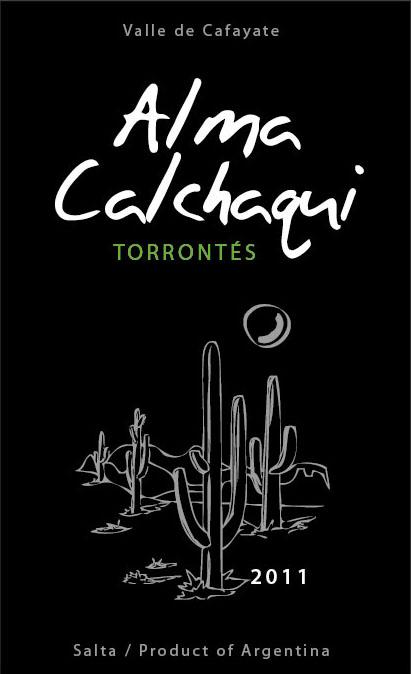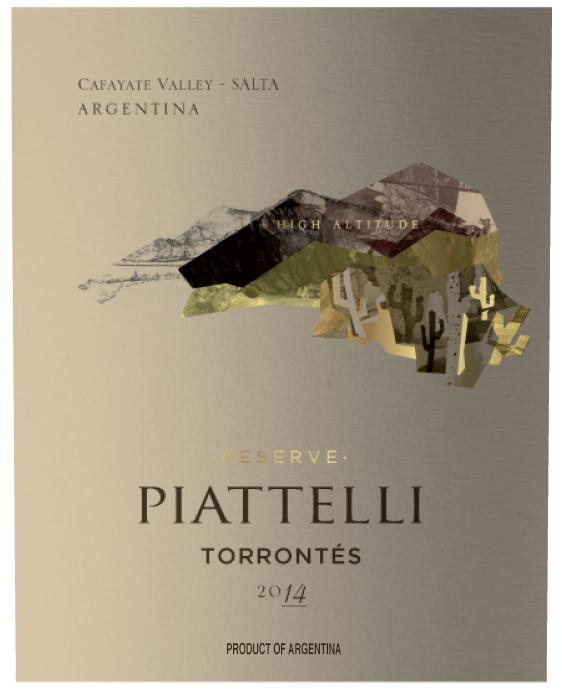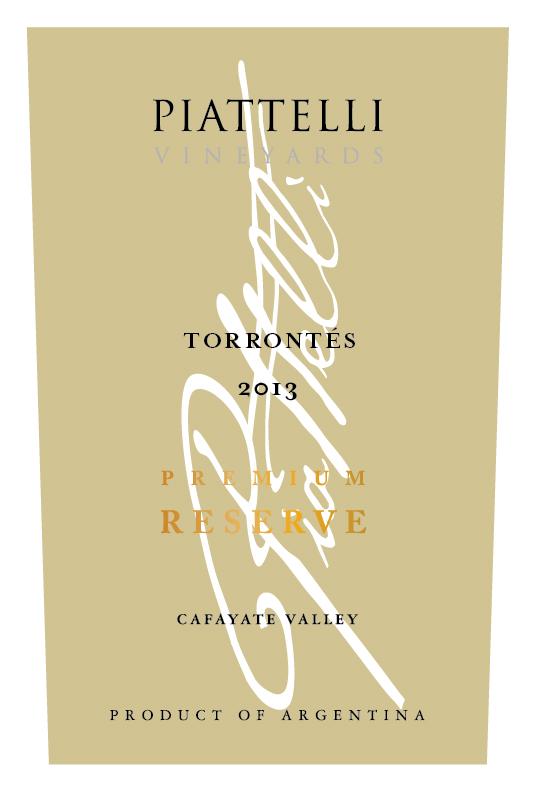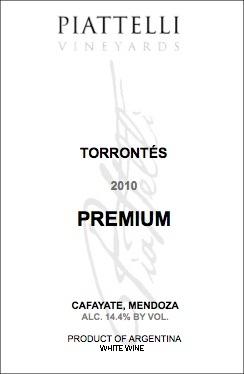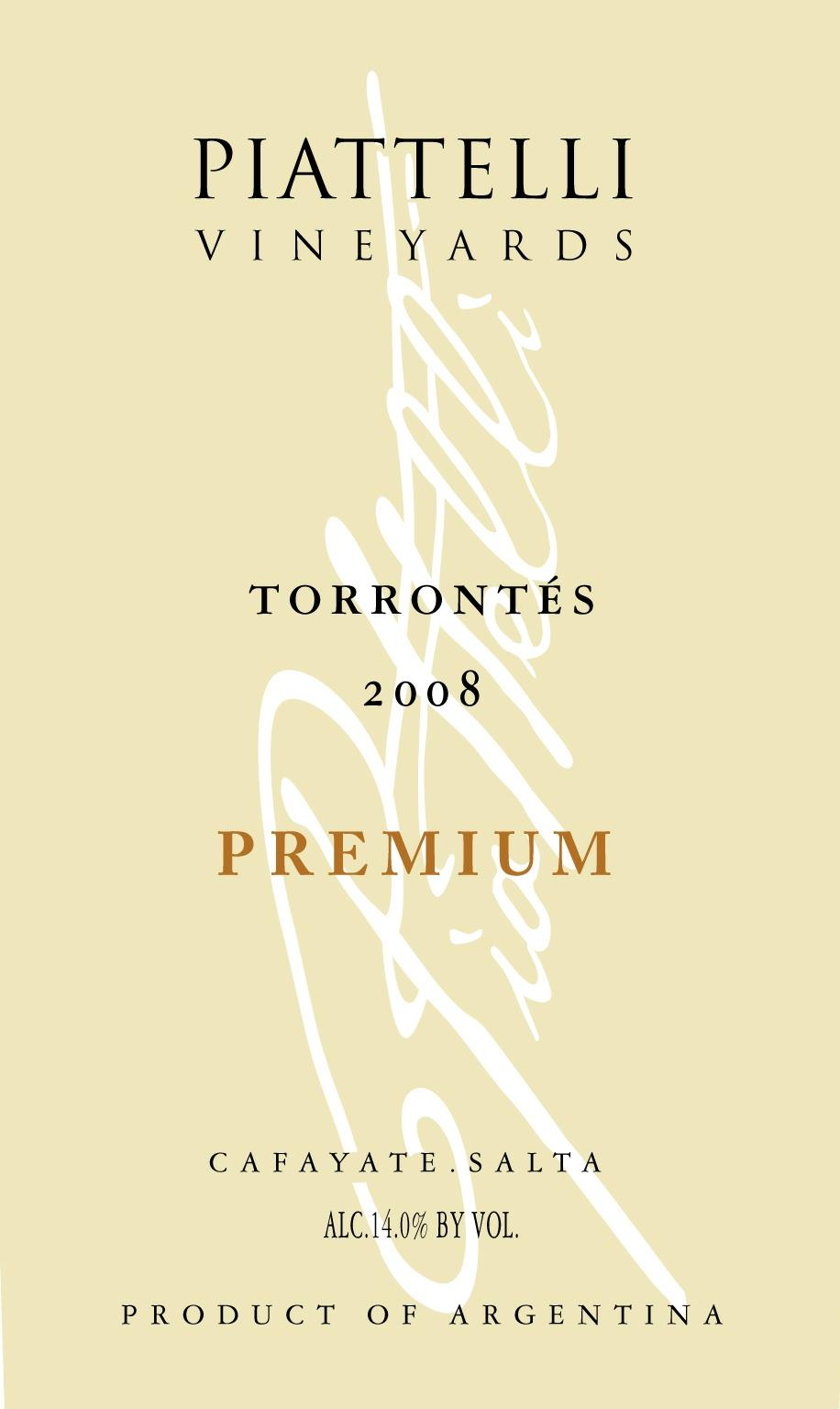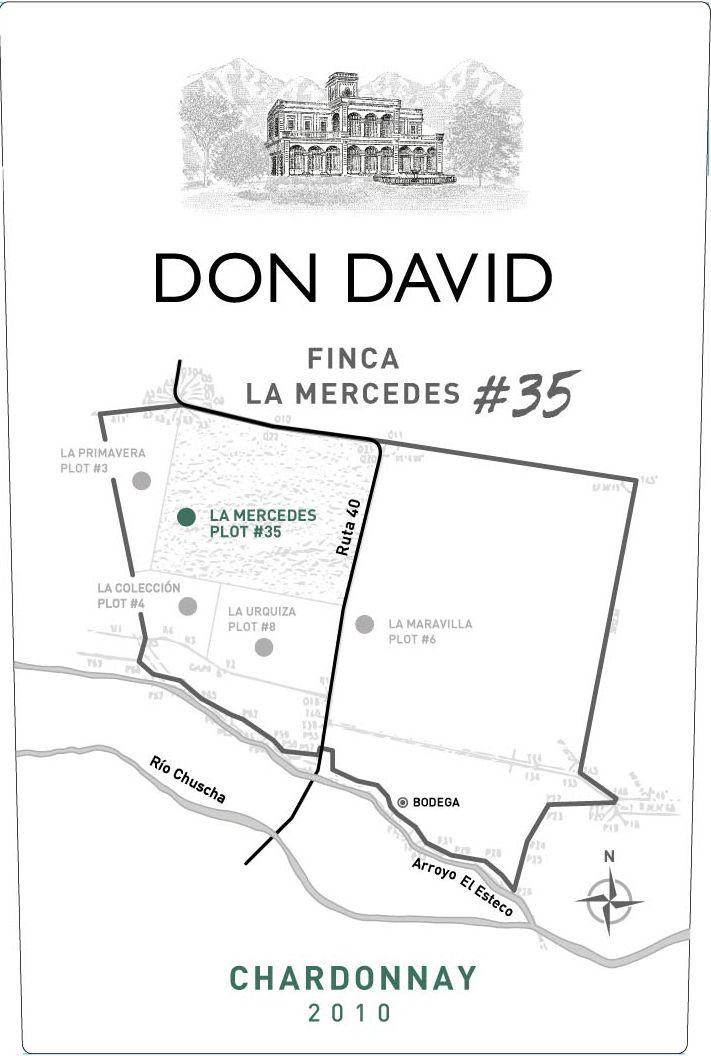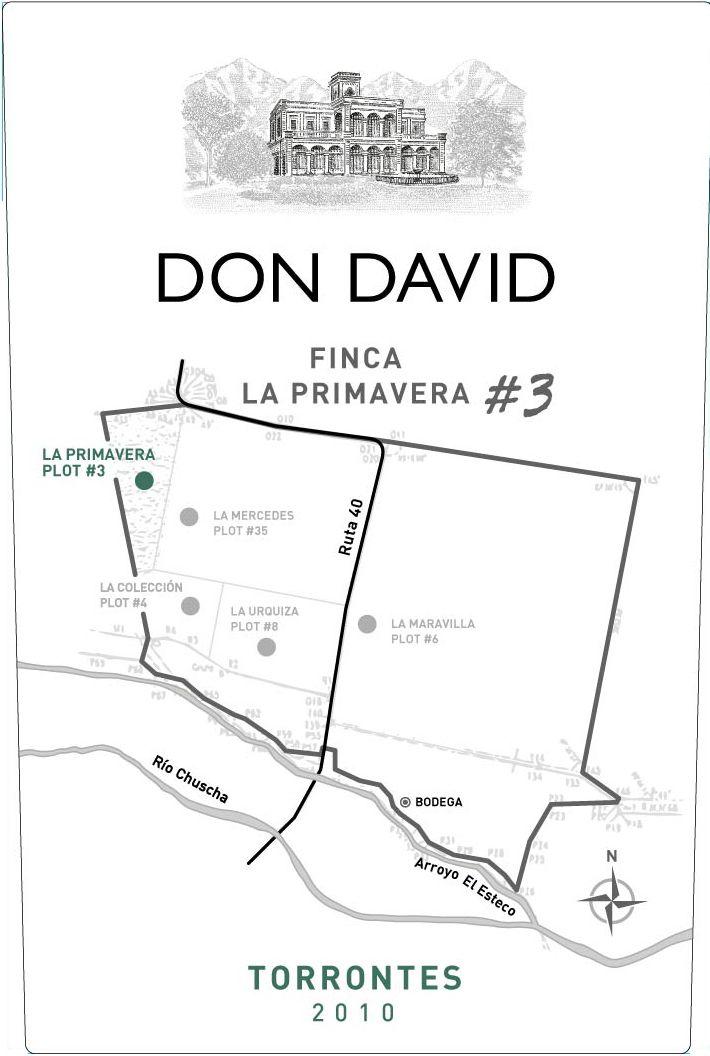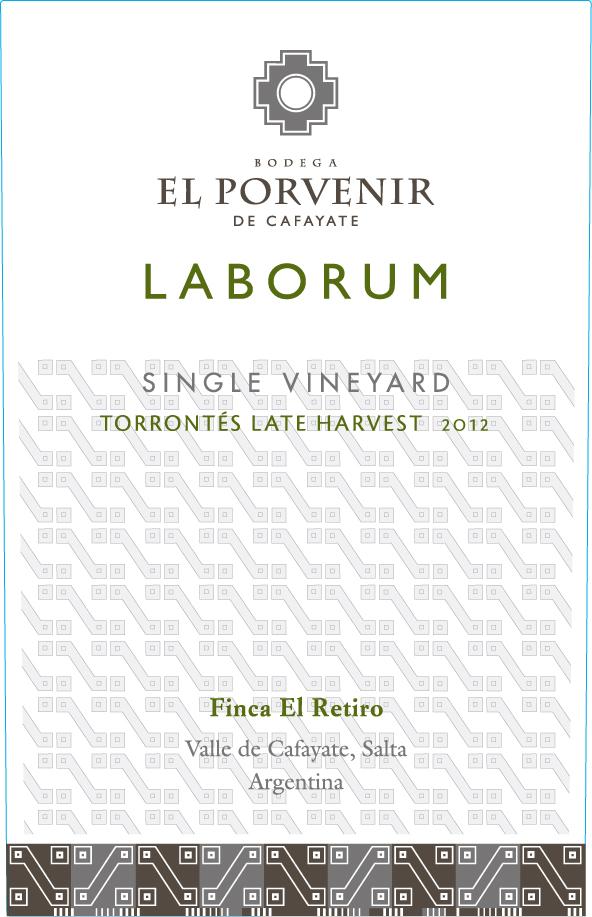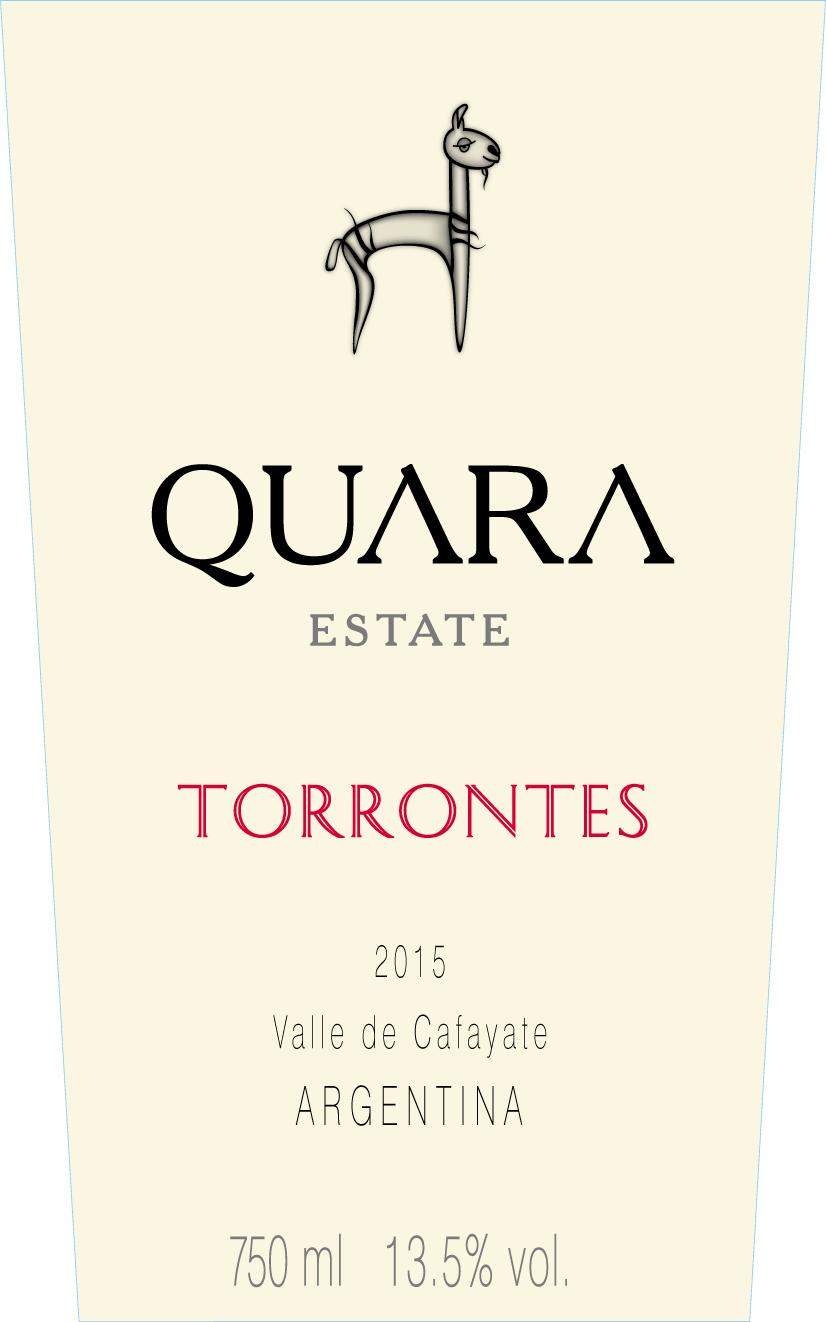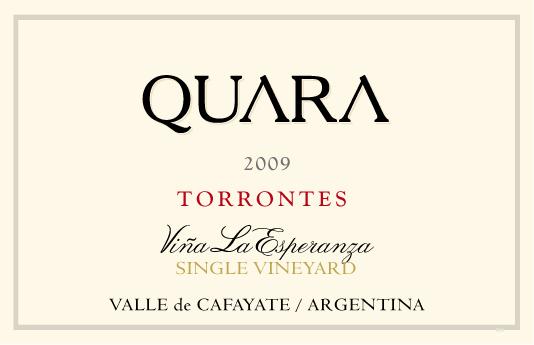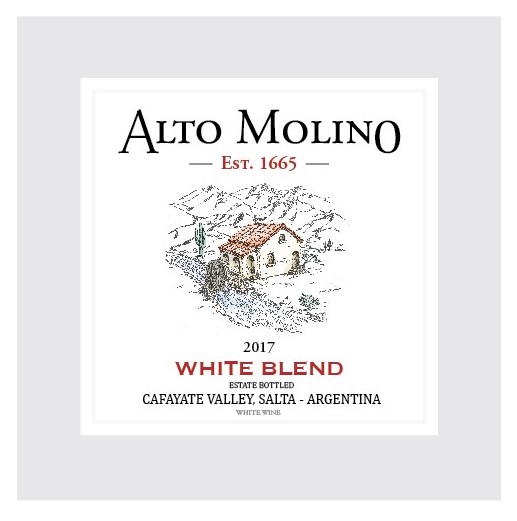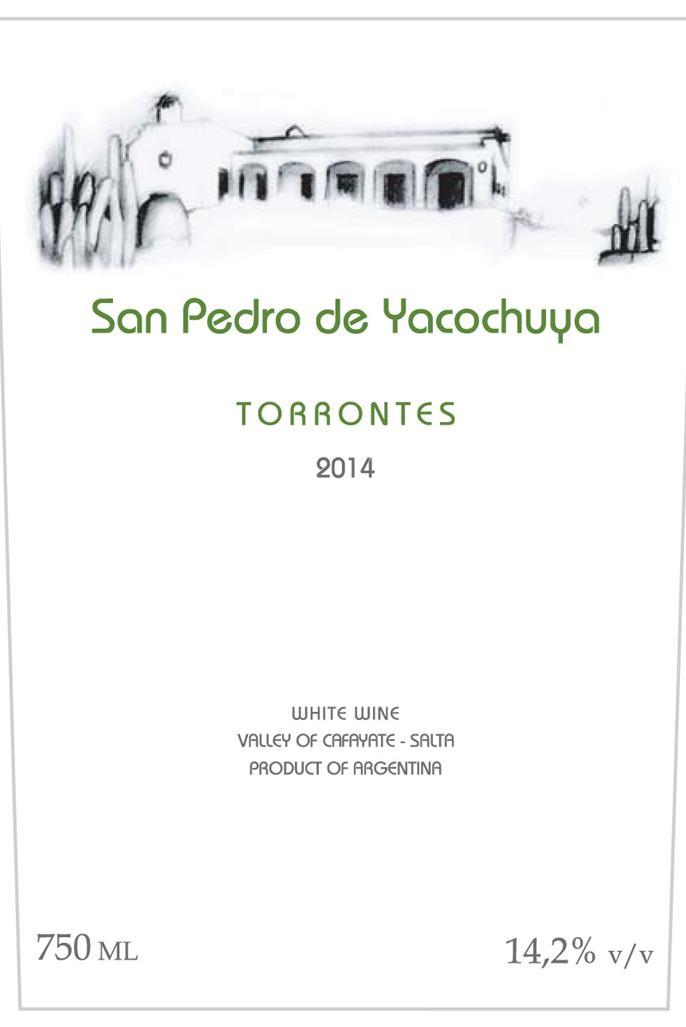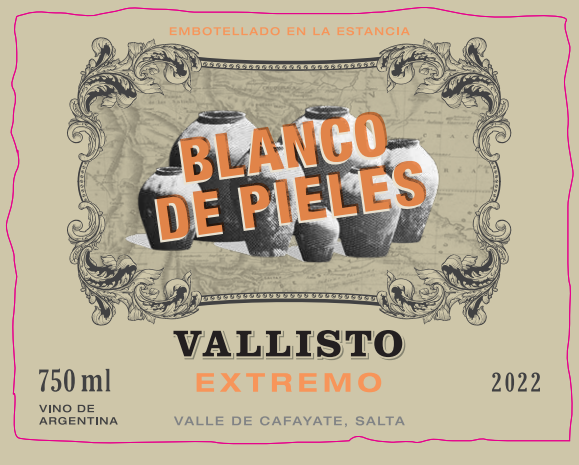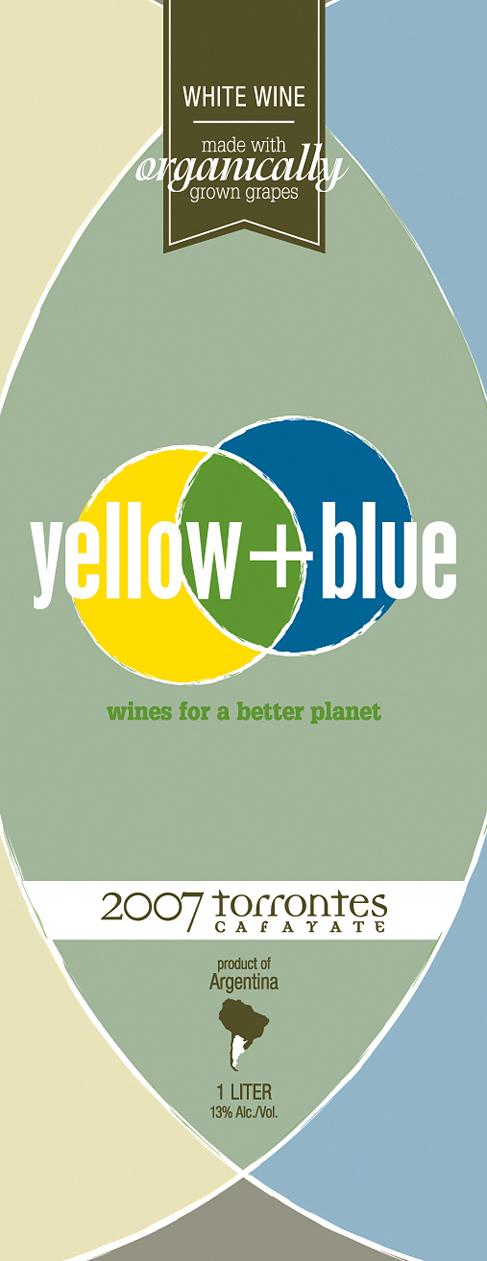Terroir of Cafayate Valley
In Cafayate, the high-altitude terroir, ranging from 1,500 to 1,800 meters, plays a crucial role in grape cultivation. The intense UV light and sharp temperature shifts—where summer days exceed 30 °C and nights drop below 10 °C—promote full ripeness while preserving acidity and aroma in the grapes.
The region’s semi-desert climate sees less than 200 mm of rainfall annually, necessitating precise drip irrigation. Sandy loams and alluvial gravels, with their excellent drainage and low organic content, limit vine vigor, producing concentrated flavors and thicker skins.
With around 300 sunny days each year and consistent mountain breezes, the low humidity minimizes disease risk, making it ideal for organic and biodynamic practices. These conditions contribute to Cafayate's reputation for producing intensely aromatic Torrontés and robust Malbec, alongside distinctive Cabernet Sauvignon and other varieties.
Notable Wineries in Cafayate Valley
Nestled in the Cafayate Valley, the heart of Argentina's high-altitude Calchaquí region, several notable wineries craft exceptional wines that capture the unique terroir. Here are a few standouts:
-
Bodega El Esteco: An iconic estate located in Cafayate, known for its historic cellars and high-altitude vineyards. It specializes in Torrontés, Malbec, and Cabernet, focusing on environmental harmony.
-
Bodega Domingo Molina: A family-run winery famed for its refined, single-vineyard Torrontés and Malbec, offering visitors traditional winemaking practices in a picturesque setting.
-
Bodega Piattelli: A contemporary estate with vineyards up to 1,850 meters high, celebrated for its refined Malbec, well-structured Syrah, and robust Torrontés, with a tasting room offering stunning valley views.
Sustainable Winemaking in Cafayate Valley
Cafayate Valley, at the heart of Argentina's high-altitude Calchaquí wine region, champions sustainable practices that align with its unique terroir. The dry, elevated climate naturally deters pests and fungi, making organic and biodynamic farming methods more feasible. With less than 200 mm of annual rainfall, water conservation is crucial; many vineyards utilize drip irrigation, collect rainwater, and recycle wastewater to optimize resources.
To preserve soil health and prevent erosion, growers employ cover crops, organic mulches, and minimal tillage. Canopy management techniques protect grape clusters from the intense sun, ensuring they develop the right flavors. Additionally, some wineries embrace renewable energy, such as solar power, and focus on eco-friendly packaging and reduced chemical usage. These sustainability efforts not only protect the environment but also enhance the quality and distinctiveness of Cafayate's celebrated wines, including Torrontés, Malbec, and Cabernet Sauvignon.
Wine Tourism in Cafayate Valley
The Cafayate Valley offers a rich tapestry for wine tourism, blending viticultural excellence with cultural heritage. Visitors can traverse the Ruta del Vino, where Cafayate serves as a central hub for vineyard explorations. These explorations can be undertaken by car, bike, or even adventurous 4x4 and e-bike tours, connecting wine enthusiasts to diverse wineries.
Wine experiences are complemented by local cuisine, with traditional dishes such as empanadas salteñas and locro enhancing the wines' flavors. Many vineyards provide on-site dining, emphasizing farm-to-table offerings. Cultural highlights include Cafayate's central plaza, its historic church, and the fascinating wine museum. The Quebrada de las Conchas, with its stunning red-and-ochre canyons, is an essential stop.
Throughout the year, festivals like the Fiesta Nacional del Torrontés and the vendimia celebrate the region's viticultural achievements, offering visitors a deep dive into its traditions and flavors.


